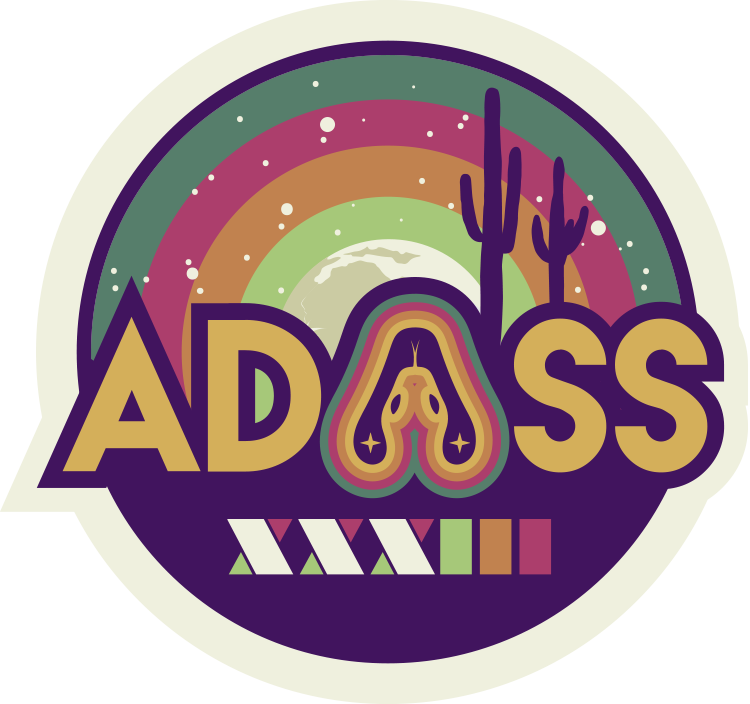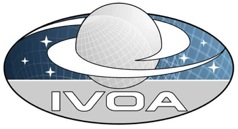ADASS posters are displayed all week
When
Theme: Science with data archives: challenges in multi-wavelength and time domain data analysis
Prototyping access from visualisation tools to SKA science images and cubes stored in a rucio DataLake through IVOA discovery and access services.
M.Allen, R.Barnsley, M.Baumann, F.Bonnarel, T.Boch, C.Bot, R.Butora, J.Collinson, P.Fernique, V.Galluzzi., R Joshi, M.Molinaro, M. Parra-Royon, J. Sanchez-Castaneda , S. Sanchez-Exposito, G.Tudisco, F .Vitello A.Zanichelli.
SKA is the major low frequency radioastronomy project of the future with several major scientific applications: It will upgrade the amount of available science data by several orders of magnitudes reaching eventually more than 700 petabytes of storage per year. The SKA observatory will proceed to the initial data processing to deliver observatory data products while the SKA Regional Center network (SRC) will provide storage for those and processing capabilities to deliver and store advanced data products for the user community.
Within the scope of the SRC network, Orange (visualisation), Magenta (data management) and Coral (node implementation) teams have prototyped the discovery acces and visualisation of science data. Our visualisation tools VisiVO and Aladin discover, access and visualize test science data produced by SKA pathfinders stored in the rucio DataLake. Science metadata functionality has been implemented by the Magenta team to the Rucio data lake prototype to demonstrate a means of enabling IVOA-compliant data discovery and server-side processing.
VisiVo, Aladin Desktop and Aladin Lite are able to query the Discovery service built on ObsCore and SCS IVOA protocols.
This allows them to load DataLink responses providing links towards a SODA cutout service developed by the Orange team able to extract subcubes or images directly from the datasets stored in the rucio DataLake.
The Rucio Storage Element and SODA developments have been deployed and configured on the Spanish SRC node, providing computing and storage resources, managed by the Coral Team members. This prototype paves the way to collaborative development in the SKA regional center network and shows the possible integration of VO services and visualisation tools in DataLakes and science platforms.



